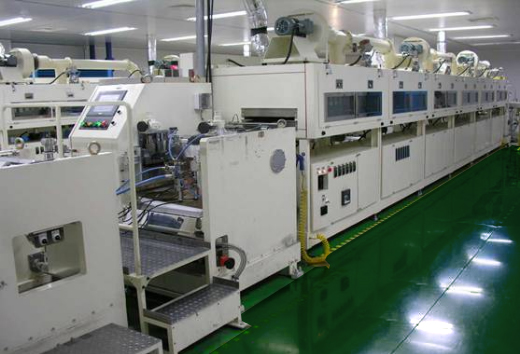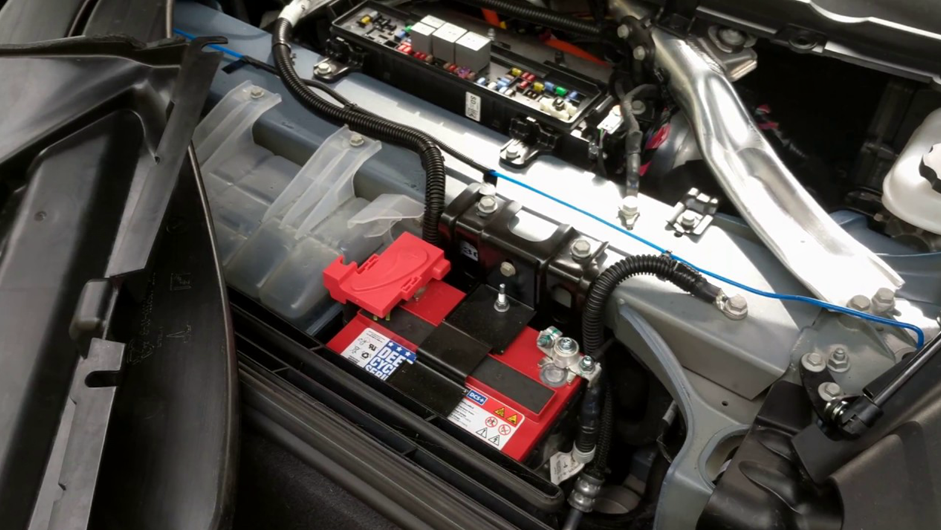Locomotive Starter Battery: Powering Up Your Engine with Reliable Performance
A locomotive starter battery is an essential component of any locomotive engine. Without a reliable power source, the engine cannot be started, and the locomotive cannot move. In this article, we will discuss the importance of a locomotive starter battery and how it works.
Firstly, let\’s discuss what a locomotive starter battery is. It is a heavy-duty battery that is designed to provide a large amount of power to the engine starter motor. The starter motor requires a lot of energy to turn the engine over and get it started. The locomotive starter battery provides that energy and ensures that the engine starts smoothly and quickly.
The locomotive starter battery is typically located in the engine compartment and is connected to the starter motor through cables. When the engine is started, the battery sends a surge of energy to the starter motor, which in turn, turns the engine over. Once the engine is running, the alternator takes over and recharges the battery.
One of the most important aspects of a locomotive starter battery is reliability. A locomotive engine is expected to run for long periods of time, sometimes 24 hours a day, 7 days a week. The starter battery must be able to withstand this constant use and provide reliable performance. A failure of the starter battery can result in a locomotive being out of service, which can be costly and disruptive.
Another important aspect of a locomotive starter battery is durability. A locomotive operates in harsh environments, including extreme temperatures, vibrations, and shocks. The battery must be able to withstand these conditions and continue to provide reliable performance.
In addition to reliability and durability, there are other factors to consider when selecting a locomotive starter battery. These include the battery\’s capacity, voltage, and size. The capacity of the battery determines how much energy it can store, while the voltage determines how much energy it can deliver at one time. The size of the battery is also important, as it must fit within the engine compartment and be compatible with the mounting system.
In conclusion, a locomotive starter battery is an essential component of any locomotive engine. It provides the energy needed to start the engine and ensures reliable performance. When selecting a starter battery, it is important to consider reliability, durability, capacity, voltage, and size. By choosing a quality starter battery, locomotive operators can ensure that their engines start smoothly and run reliably for years to come.
-
 Dans le monde actuel, en évolution rapide et axé sur la technologie, les industries dépendent fortement des batteries pour alimenter leurs opérations. Qu'il s'agisse de chariots élévateurs dans les entrepôts, de grues sur les chantiers de construction ou de véhicules électriques sur la route, les batteries industrielles jouent un rôle essentiel pour garantir un flux de travail fluide et ininterrompu. Cependant, pour libérer tout le potentiel de ces batteries, il est crucial de disposer de batteries efficaces et puissantes...En savoir plus
Dans le monde actuel, en évolution rapide et axé sur la technologie, les industries dépendent fortement des batteries pour alimenter leurs opérations. Qu'il s'agisse de chariots élévateurs dans les entrepôts, de grues sur les chantiers de construction ou de véhicules électriques sur la route, les batteries industrielles jouent un rôle essentiel pour garantir un flux de travail fluide et ininterrompu. Cependant, pour libérer tout le potentiel de ces batteries, il est crucial de disposer de batteries efficaces et puissantes...En savoir plus -
 LiFePO4 rechargeable batteries, also known as Lithium Iron Phosphate batteries, have gained popularity in recent years due to their advantages over traditional rechargeable batteries. These batteries are widely used in various electronic devices, including electric vehicles, solar power systems, medical devices, and backup power supplies, among others. One of the primary advantages of LiFePO4 batteries is their high energy...En savoir plus
LiFePO4 rechargeable batteries, also known as Lithium Iron Phosphate batteries, have gained popularity in recent years due to their advantages over traditional rechargeable batteries. These batteries are widely used in various electronic devices, including electric vehicles, solar power systems, medical devices, and backup power supplies, among others. One of the primary advantages of LiFePO4 batteries is their high energy...En savoir plus -
 Starting a locomotive is a complex process that requires various components to work together seamlessly. However, one of the most critical elements in starting a locomotive is a reliable battery. Without a fully charged battery, a locomotive cannot start, and the entire operation comes to a standstill. In this article, we will discuss the importance of a reliable battery...En savoir plus
Starting a locomotive is a complex process that requires various components to work together seamlessly. However, one of the most critical elements in starting a locomotive is a reliable battery. Without a fully charged battery, a locomotive cannot start, and the entire operation comes to a standstill. In this article, we will discuss the importance of a reliable battery...En savoir plus -
 Lithium Iron Phosphate Like other batteries, LiFePO4 batteries are made from electricity-generating electrochemical cells that power electrical devices. A LiFePO4 battery consists of a positive electrode, positive electrode, separator, electrolyte, positive and negative current collectors. The positive terminal of the battery is called the cathode and the negative terminal is called the anode. Anode terminal as Li-ion source. The electrolyte...En savoir plus
Lithium Iron Phosphate Like other batteries, LiFePO4 batteries are made from electricity-generating electrochemical cells that power electrical devices. A LiFePO4 battery consists of a positive electrode, positive electrode, separator, electrolyte, positive and negative current collectors. The positive terminal of the battery is called the cathode and the negative terminal is called the anode. Anode terminal as Li-ion source. The electrolyte...En savoir plus -
 With the continuous advancement of automobile technology, large capacity car start-stop battery has gradually become an important component in the field of modern automobiles. This battery not only provides a stable power supply for the car, but also plays an important role in energy conservation, emission reduction, and fuel economy. So how much do you really know about large capacity...En savoir plus
With the continuous advancement of automobile technology, large capacity car start-stop battery has gradually become an important component in the field of modern automobiles. This battery not only provides a stable power supply for the car, but also plays an important role in energy conservation, emission reduction, and fuel economy. So how much do you really know about large capacity...En savoir plus -
 In recent years, there has been a significant shift towards electric vehicles (EVs) as the world seeks cleaner and more sustainable transportation options. As the demand for EVs continues to rise, it has become increasingly important to develop advanced battery technologies to power these vehicles. One such technology that is gaining attention is the lithium van battery, which holds great...En savoir plus
In recent years, there has been a significant shift towards electric vehicles (EVs) as the world seeks cleaner and more sustainable transportation options. As the demand for EVs continues to rise, it has become increasingly important to develop advanced battery technologies to power these vehicles. One such technology that is gaining attention is the lithium van battery, which holds great...En savoir plus -
 In today's fast-paced world, where we are constantly on the go and dependent on our electronic devices, having a reliable and long-lasting power source is crucial. The 100Ah LiFePO4 Lithium Battery is a game-changer in this regard, as it offers an impressive power capacity that can keep your devices running for extended periods. The LiFePO4, or Lithium Iron Phosphate,...En savoir plus
In today's fast-paced world, where we are constantly on the go and dependent on our electronic devices, having a reliable and long-lasting power source is crucial. The 100Ah LiFePO4 Lithium Battery is a game-changer in this regard, as it offers an impressive power capacity that can keep your devices running for extended periods. The LiFePO4, or Lithium Iron Phosphate,...En savoir plus

